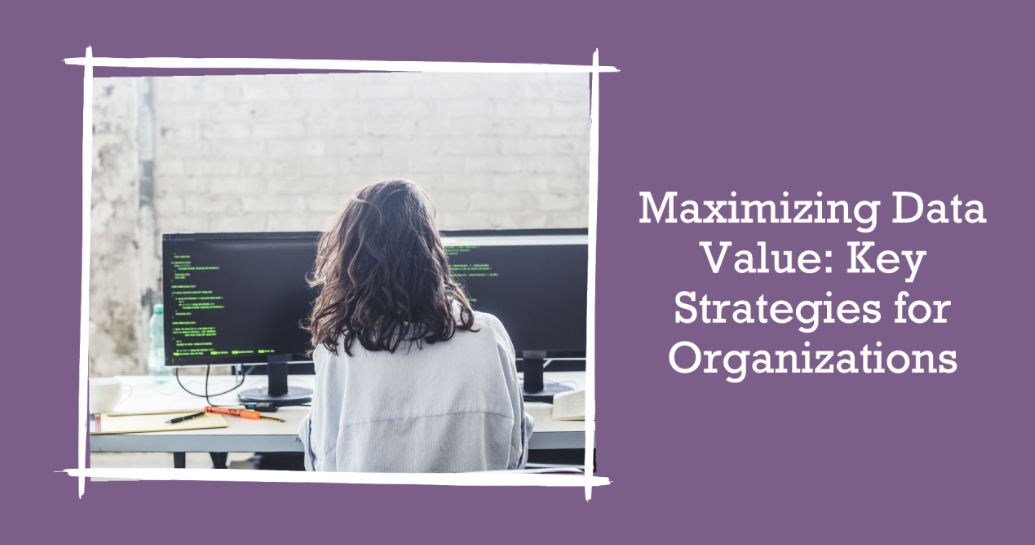Data-as-an-Asset: Unlocking the True Value of Information
 Hana Sato
Hana SatoTable of contents

In today's digital economy, data is no longer just a byproduct of business operations—it has become a critical asset that drives innovation, efficiency, and competitive advantage. As organizations increasingly recognize the strategic value of data, they are adopting the concept of "Data-as-an-Asset" to leverage their information resources more effectively. This article explores the key components of Data-as-an-Asset, focusing on MDM Modernization, Data Governance, and Data Hosting/Warehousing.
1. MDM Modernization: Ensuring Data Accuracy and Consistency
Master Data Management (MDM) modernization is a crucial element in treating data as an asset. MDM involves the centralization and governance of critical business data, such as customer, product, and financial information, to ensure a single source of truth across the organization.
Key Aspects of MDM Modernization:
Cloud-Native MDM Platforms: The transition to cloud-native MDM solutions enables organizations to scale their data management practices seamlessly. Cloud-based MDM systems offer flexibility, real-time data integration, and improved accessibility, allowing businesses to respond quickly to changing data needs.
AI and Automation: Modern MDM systems are increasingly leveraging AI and machine learning to automate data quality checks, anomaly detection, and data matching processes. This reduces manual effort and enhances the accuracy and reliability of master data, ensuring that the information used for decision-making is up-to-date and trustworthy.
Real-Time Data Management: With the demand for real-time insights growing, modern MDM platforms are designed to handle dynamic data environments. This capability allows businesses to maintain consistent and accurate data even as it changes rapidly, supporting better and faster decision-making.
2. Data Governance: The Framework for Data Stewardship
Data governance is the backbone of treating data as an asset. It involves establishing policies, procedures, and standards that ensure data is managed effectively, securely, and in compliance with regulatory requirements. Strong data governance frameworks are essential for maintaining the quality, security, and usability of data across the organization.
Key Components of Data Governance:
Policy Development: Data governance policies define how data is to be managed, who has access to it, and how it should be protected. These policies help ensure that data is used ethically and in compliance with legal and regulatory requirements.
Data Stewardship: Appointing data stewards who are responsible for maintaining data quality and integrity is a critical aspect of data governance. Data stewards oversee the implementation of governance policies and ensure that data is consistently accurate and reliable.
Compliance and Risk Management: Effective data governance frameworks help organizations mitigate risks associated with data breaches, non-compliance, and inaccurate data. By ensuring that data is governed according to best practices, businesses can avoid costly legal penalties and reputational damage.
3. Data Hosting/Warehousing: The Foundation of Data-as-an-Asset
Data hosting and warehousing are fundamental to the concept of Data-as-an-Asset. These practices involve the storage, management, and retrieval of large volumes of data in a way that supports business intelligence, analytics, and operational efficiency.
Key Trends in Data Hosting/Warehousing:
Cloud Data Warehousing: The shift to cloud-based data warehousing solutions has transformed the way organizations store and manage data. Cloud platforms offer scalability, cost-efficiency, and the ability to handle large datasets without the limitations of on-premises infrastructure.
Data Lakes and Warehouses Integration: Modern data management strategies often involve the integration of data lakes and data warehouses to provide a comprehensive view of both structured and unstructured data. This approach enables businesses to leverage all available data for analytics and decision-making.
Real-Time Data Access: As businesses seek to harness the value of data more rapidly, real-time data access and processing capabilities have become critical. Advanced data warehousing solutions now support real-time data streams, enabling organizations to act on insights as soon as they are generated.
Conclusion: Building a Data-Driven Future
Treating data as an asset requires a holistic approach that encompasses MDM modernization, robust data governance, and efficient data hosting and warehousing practices. By adopting these strategies, organizations can unlock the full potential of their data, driving innovation, enhancing decision-making, and gaining a competitive edge in the marketplace.
As the digital landscape continues to evolve, businesses that prioritize data-as-an-asset will be better positioned to capitalize on new opportunities, mitigate risks, and achieve sustained growth.
Subscribe to my newsletter
Read articles from Hana Sato directly inside your inbox. Subscribe to the newsletter, and don't miss out.
Written by

Hana Sato
Hana Sato
with 6+ years in IT as a client relationship consultant.